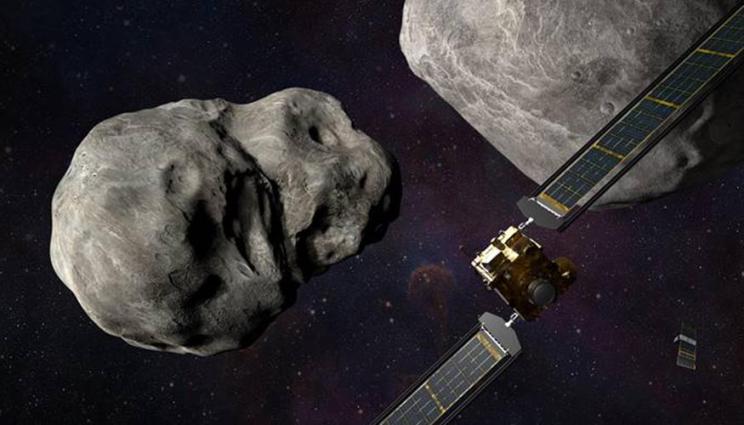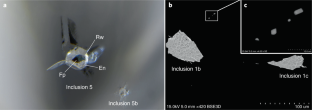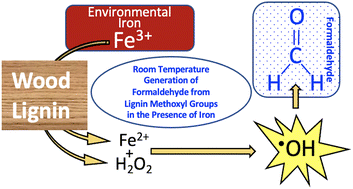2022-09-26 アメリカ・ローレンスリバモア国立研究所(LLNL)

llustration of NASA’s DART spacecraft and the Italian Space Agency’s LICIACube prior to impact at the Didymos binary system. Credits: NASA/Johns Hopkins APL/Steve Gribben.
毎秒6km、質量600kgのDART探査機は、地球上の望遠鏡から検出可能な速度変化を与えるために、十分な運動量を伝達することが期待される。しかし、小惑星の形状、密度、強度、構造などに関する事前情報がないため、小惑星がどのように反応するかは非常に不確かである。
新しい論文は、LLNLのKathryn Kumamotoが中心となって、実際のDART実験のデータを解釈するための詳しい「ドレスリハーサル」を解説している。
ジョンズ・ホプキンス応用物理学研究所(JHUAPL)とロスアラモス国立研究所の「レッドチーム」は、詳細な小惑星の形状モデルを使って「真実のシミュレーション」を行い、算出したデルタVを世界中の衝突モデル作成チームに提供した。
探索空間を効率的にカバーするために、機械学習を用いてパラメータの組み合わせを選択した。これにより,目標とするΔVの誤差範囲内で結果を得られる可能性が高い材料特性を重点的に探索することができた。
強度が数kPa(砂状)から100MPa以上(コンピテントロック)、多孔度が11%から60%で、測定したデルタvの誤差範囲内の解が得られた。
<関連情報>
- https://www.llnl.gov/news/llnl-leads-new-dart-mission-paper-inferring-asteroid-material-properties-deflection-test
- https://arxiv.org/abs/2209.11876
DART的なキネティック衝突から小惑星の物質特性を予測する
Predicting asteroid material properties from a DART-like kinetic impact
Kathryn M. Kumamoto, J. Michael Owen, Megan Bruck Syal, Jason Pearl, Cody Raskin, Wendy K. Caldwell, Emma Rainey, Angela Stickle, R. Terik Daly, Olivier Barnouin
Comments:
Accepted to the Planetary Science Journal
Subjects:
Earth and Planetary Astrophysics (astro-ph.EP)
Report number:
LLNL-JRNL-837536; LA-UR-22-28492
Cite as:
arXiv:2209.11876 [astro-ph.EP]
(or arXiv:2209.11876v1 [astro-ph.EP] for this version)
NASA’s Double Asteroid Redirection Test (DART) mission is the first full-scale test of the kinetic impactor method for asteroid deflection, in which a spacecraft intentionally impacts an asteroid to change its trajectory. DART represents an important first step for planetary defense technology demonstration, providing a realistic assessment of the effectiveness of the kinetic impact approach on a near-Earth asteroid. The momentum imparted to the asteroid is transferred from the impacting spacecraft and enhanced by the momentum of material ejected from the impact site. However, the magnitude of the ejecta contribution is dependent on the material properties of the target. These properties, such as strength and shear modulus, are unknown for the DART target asteroid, Dimorphos, as well as most asteroids since such properties are difficult to characterize remotely.
This study examines how hydrocode simulations can be used to estimate material properties from information available post-impact, specifically the asteroid size and shape, the velocity and properties of the impacting spacecraft, and the final velocity change imparted to the asteroid. Across >300 three-dimensional simulations varying seven material parameters describing the asteroid, we found many combinations of properties could reproduce a particular asteroid velocity. Additional observations, such as asteroid mass or crater size, are required to further constrain properties like asteroid strength or outcomes like the momentum enhancement provided by impact ejecta. Our results demonstrate the vital importance of having as much knowledge as possible prior to an impact mission, with key material parameters being the asteroid’s mass, porosity, strength, and elastic properties.



